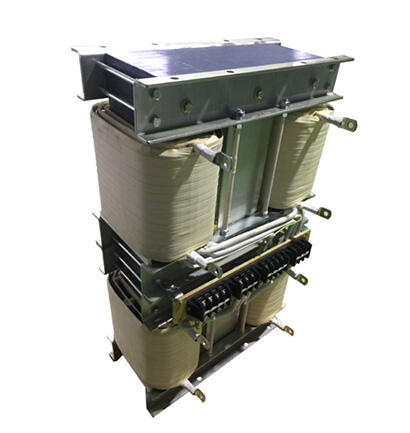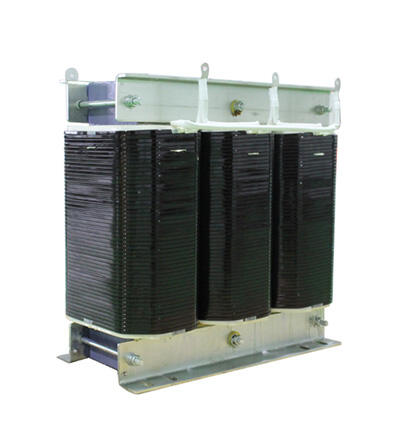inverter output isolation
Inverter output isolation represents a critical component in modern power conversion systems, serving as a vital safety and performance enhancement feature. This technology effectively separates the output circuit from the input power source, providing essential protection against electrical hazards and ensuring stable power delivery. The system typically employs specialized transformers or advanced electronic isolation methods to maintain electrical separation while enabling efficient power transfer. By implementing galvanic isolation between the power source and load, it effectively prevents ground loops and eliminates common-mode noise, resulting in cleaner power output and enhanced system reliability. The technology finds extensive applications in solar power systems, industrial automation, medical equipment, and various critical infrastructure installations where electrical safety and power quality are paramount. Modern inverter output isolation systems incorporate sophisticated monitoring capabilities, allowing real-time assessment of isolation integrity and early detection of potential issues. These systems are designed to meet stringent safety standards and regulatory requirements across different industries, making them essential for both residential and commercial applications where reliable power conversion is necessary.


